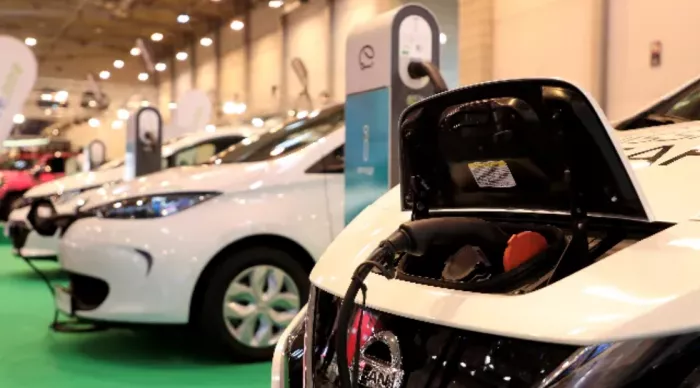The Financial Times recently wrote that electric vehicles have accelerated China's rise to become a major auto exporter, and a larger trend has begun. The report points out that the commissioning of Tesla Shanghai plant in 2019 is a breakthrough for electric vehicles and overseas automobile manufacturers: it is the first wholly foreign-owned plant in China, the world's largest automobile market. At the same time, it also marks the beginning of a larger trend, which may overturn the global manufacturing structure, bring a new wave of de industrialization to Europe, and trigger a trade tension comparable to that in the 1980s.

The rise of China as an automobile exporter will be a great change in the market structure. According to the data, in 2021, China exported 500000 vehicles, and its market share in Europe is second only to Germany. Just a few years ago, China's automobile export was almost zero. The financial times believes that with the gradual electrification of the automotive market, Europe may soon find itself in a trade deficit with China in the automotive sector.
The report further analyzed that Europe and Japan now buy consumer goods from China and export luxury cars or their key parts to China. The logo on Chinese cars arriving in Europe may not reveal their origin, and about half of them are Tesla produced in Shanghai factory. Other brands include Dacia, polar and BMW.
According to the report, if batteries replace internal combustion engines and China plays a leading role in automobile production, its subversion will be huge. Because automobile manufacturing supports the prosperity of Europe and Japan. For Japanese and European car companies, the challenge is that electric vehicles may be high-tech products, but they are not complicated compared with internal combustion engines. Making a car with an internal combustion engine is a complex process. To assemble the crankshaft, piston, fuel pump, turbocharger and other various parts together, each must be proficient and integrated. Even after 150 years of development, this is still a difficult task, which needs to rely on advanced skills and a large supplier network, rather than minimizing labor costs as much as possible. In contrast, the transmission system of electric vehicles is much simpler, mainly batteries and motors. Among them, the manufacturing industry of battery, the most critical component, has a meagre profit and relies on the formation of a huge production scale; Assembling electric vehicles requires some skills in traditional automobile assembly, but the difficulty is not much different from assembling other electrical appliances. According to the report, in these aspects, made in China is more likely to dominate by virtue of its cost advantage. (checked by /sharon)